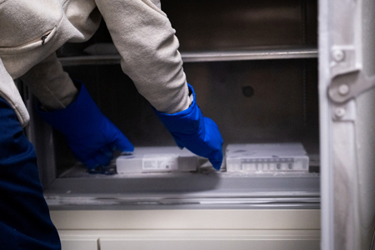Cryopreservation: What You Need To Know About Cryogenic Freezing

The process of cryopreservation is considered essential in biotechnology for the conservation of biomaterials. Regenerative medicine and other disciplines in life sciences were allowed to make huge leaps in the treatment of various medical conditions thanks to the possibility of long-term storage at ultra-low temperatures, along with the ability to gain maximum control over cooling rate and temperature stability.
But what is it that makes controlled cryogenic freezing such a vital step in the cold chain of the majority of biologics, and why do different ranges of temperatures and freezing performance affect the post-thaw outcome following a freezing process? We uncover the answers to that questions and highlight what to consider before cryopreservation and give examples of a cryopreservation application.
Get unlimited access to:
Enter your credentials below to log in. Not yet a member of Bioprocess Online? Subscribe today.
